Introduction of Choke Valve

In my exploration of fluid control systems, I have found the choke valve to be an essential component for regulating flow and pressure. The introduction of choke valves has revolutionized how we manage resources in various industries, from oil and gas to water treatment. Understanding their functionality and applications is crucial for optimizing system performance and ensuring safety. In this article, I will provide an overview of choke valves, discussing their design, operation, and the significant role they play in maintaining efficient fluid management.
Introduction
A choke valve is a specialized type of valve used to control the flow rate of fluids, typically in high-pressure environments. Unlike regular valves that primarily open or close to regulate flow, choke valves are designed to precisely adjust flow rates, making them indispensable in industries where accurate fluid control is critical.
1. Needle valve
The needle valve is a trim valve with a needle plug that is primarily used to regulate air flow. The needle valve has the advantages of simple structure and low cost.
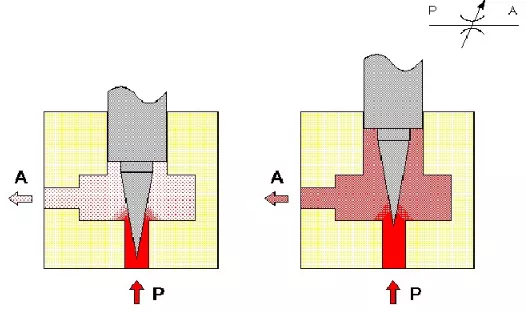
2. Gap plug valve
The gap plug valve has a short narrow flow path, which means that its action is virtually independent of the viscosity of the working fluid. The gap plug valve can be precisely adjusted, but the manufacturing cost is high.
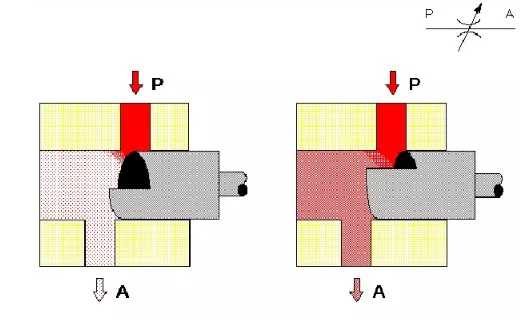
3. Adjustable choke valve
The illustration shows the actual adjustable choke valve.
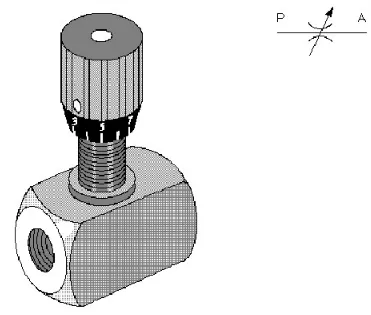
(1) Adjustable unidirectional choke valve
The adjustable unidirectional choke valve is composed of an adjustable choke valve and a unidirectional valve. In the illustrated unidirectional choke closing direction (from port A to port B), the working fluid flows out through the adjustable choke valve.
Adjustable unidirectional choke valve can be used with relief valves or variable displacement pumps to change speed.

In the opposite direction (from port B to port A), there is no throttling, ie the working fluid can flow freely.
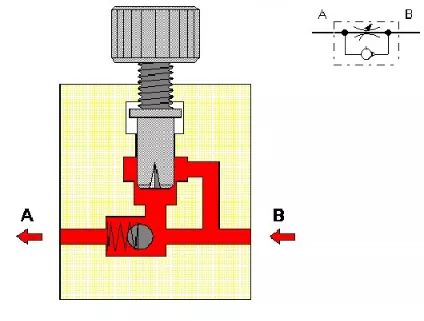
4. Speed control valve
The speed control valve provides a constant flow rate independent of changes in its inlet and outlet pressure. The illustration shows that the speed control valve is in the rest position.
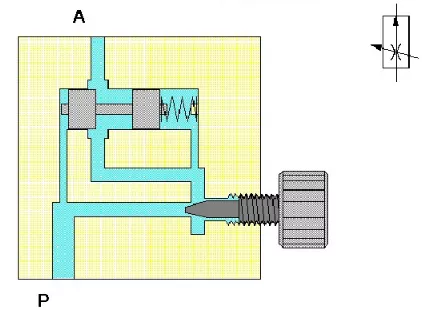
Key Features
- Flow Control:
- Choke valves allow operators to adjust the flow rate through the valve, providing control over pressure and fluid dynamics in a system.
- Design Variations:
- Choke valves can be designed in various configurations, including globe, ball, or gate valve styles, depending on the specific application and flow requirements.
- Materials:
- Typically constructed from robust materials like stainless steel, carbon steel, or specialized alloys to withstand harsh operating conditions and corrosive environments.
- Operation:
- The valve can be manually operated or automated using actuators. Adjustments can be made to the valve opening to increase or decrease flow.
- Applications:
- Widely used in the oil and gas industry for controlling the flow of hydrocarbons, in water treatment plants for managing water flow, and in chemical processing for regulating reactants.
Advantages
- Precision: Offers fine control over fluid flow, allowing for optimal process conditions.
- Versatility: Can be used in a wide range of applications and environments.
- Durability: Designed to withstand high pressures and temperatures, ensuring long service life.
Applications of Choke Valves
Choke valves are versatile and find applications across various industries, including but not limited to:
- Oil and Gas: Essential for controlling the flow of crude oil, natural gas, and other hydrocarbons during extraction and transportation.
- Chemical Processing: Used in reactors and pipelines to manage the flow of chemicals, ensuring safe and efficient operations.
- Water Treatment: Helps in regulating the flow of water and chemicals in treatment plants.
- Power Generation: Critical in managing steam and water flows in power plants to maintain consistent energy output.
- Petrochemicals: Facilitates precise control of chemical reactions and fluid movements within petrochemical plants.
Conclusion
Choke valves play a crucial role in managing fluid flow across various industries. By providing precise control, they help optimize processes, maintain system integrity, and enhance operational efficiency. Understanding their design and functionality is essential for engineers and operators involved in fluid dynamics.









